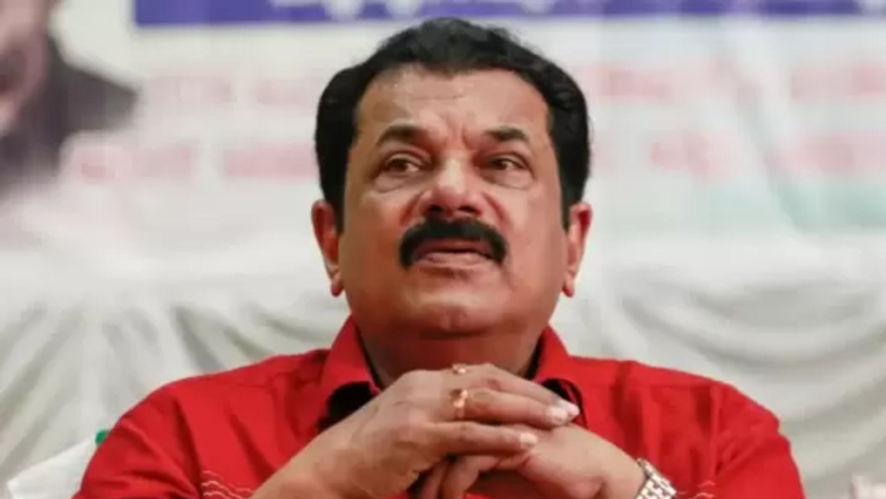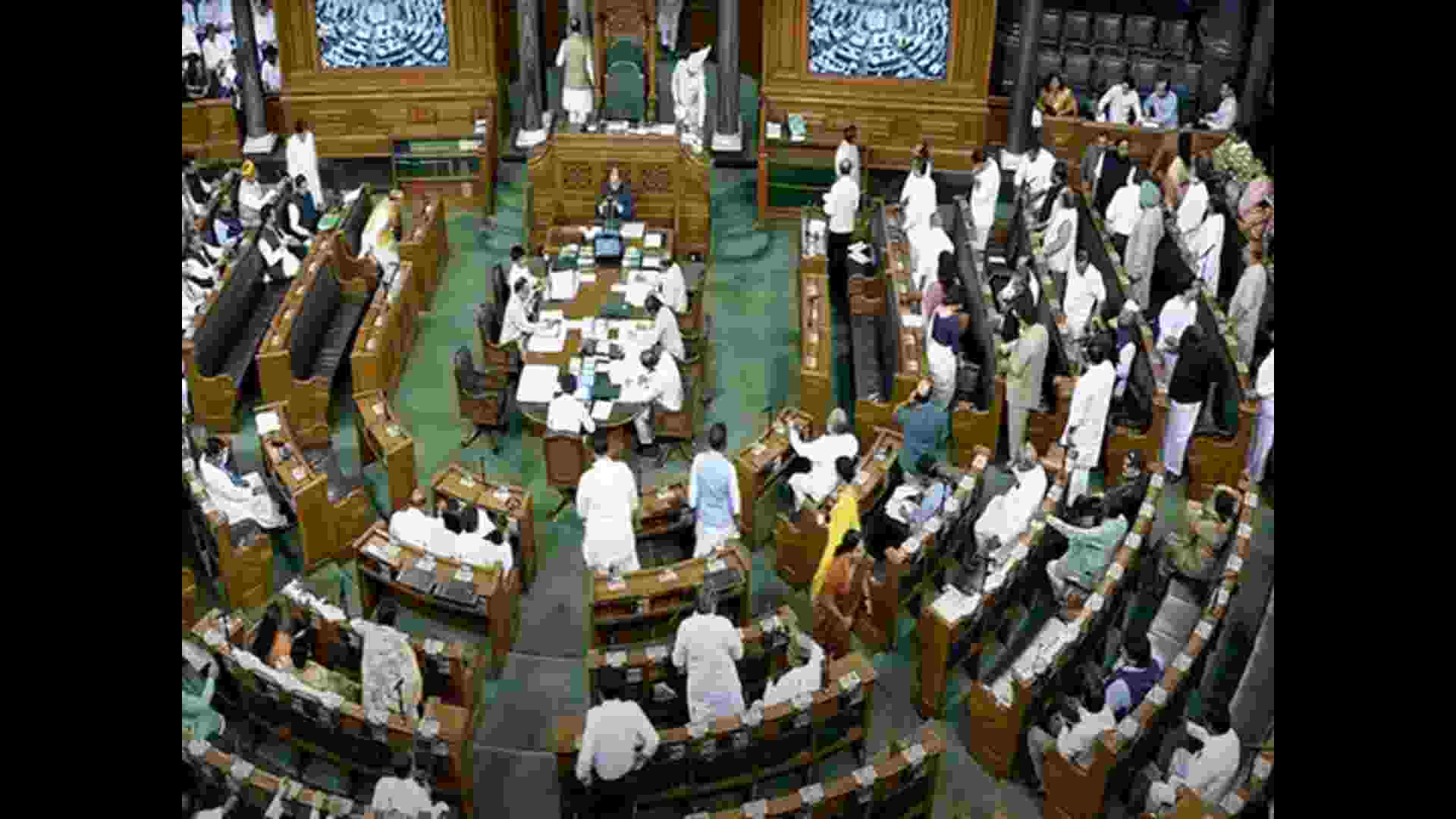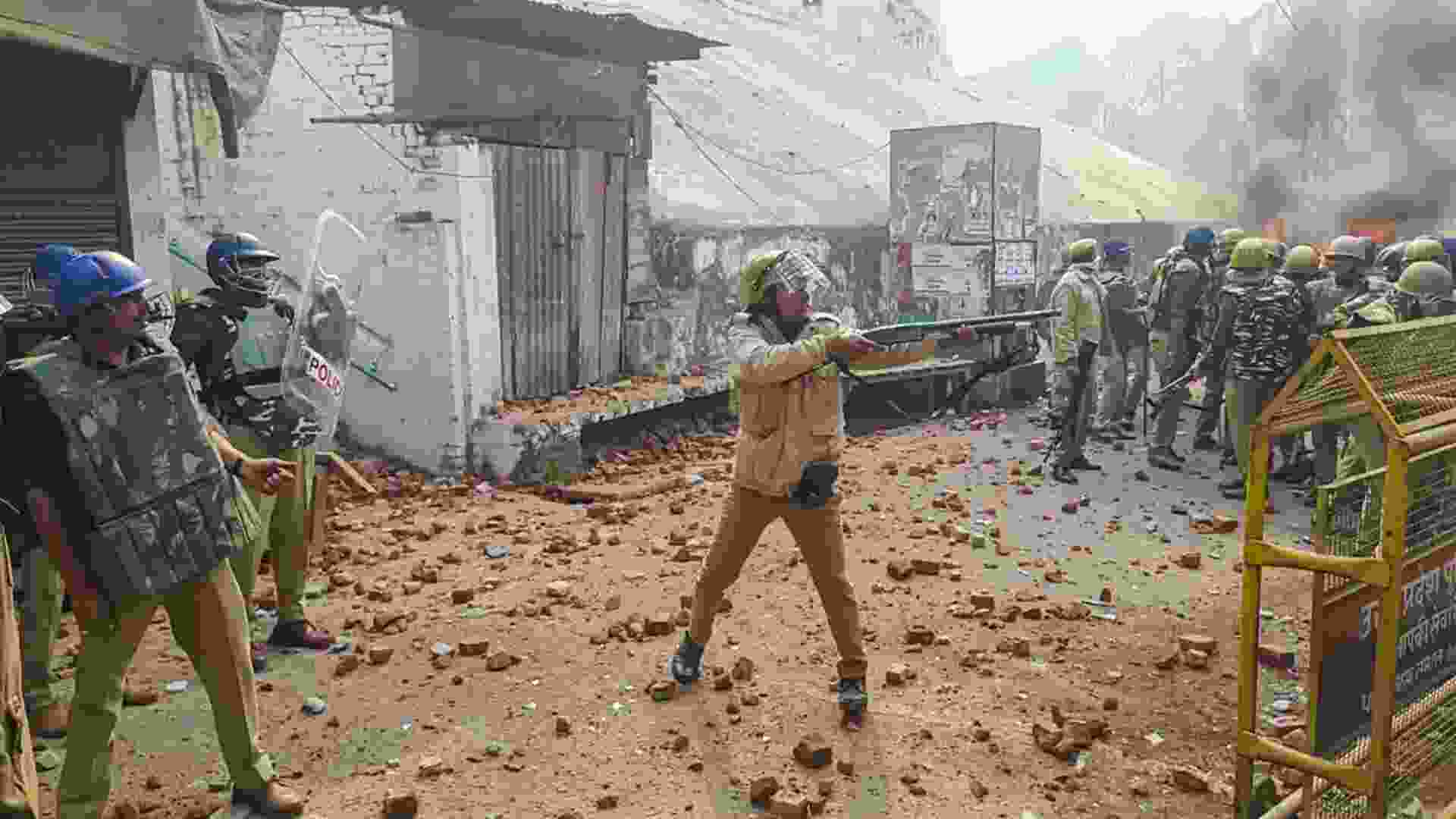
Justice Delayed is Justice Denied” as rightly said by Martin King Luther Jr., describes most poignantly the real face of the judicial system in India where nearly 5 crore cases lie pending, biting dust in the courtrooms with nothing but a mere hope for redressal or restitution. Judicial pendency, as the name expresses itself, refers to the clogged state of judicial system in India where the quantum of litigations is spiking exponentially but the output in form of judgments or settling of disputes moves at the pace of a tortoise.
As per the records of National Judicial Data Grid, a whooping sum of nearly 93 crore cases is pending in the subordinate courts of the nation, nearly 49 lakhs in the Hon’ble High Courts and around 58,000 cases in the Apex Court of the country, where more than 30% of the total pending litigations are more than half a decade old while its subordinate Allahabad High Court has nearly 15% of its appeals pending since 1980s, an era long done by in the past. The Law Commission of India, through its report in the year 2009 has added to the not – so pleasant statistics of pendency by stating that, given the present pace at which the judiciary in India is moving, it would require at least 464 years to clear the arrears of litigation with the present strength, assuming that not even a single case is filed in this extremely long duration.
DELAYS – WHO IS TO BLAME?
Contrary to the common opinion among the masses of this great nation, the judicial system of India does not comprise only of judges, litigants and the advocates but also legal aid bodies, executive agencies like police and government departments, court staff, forensic science laboratories and numerous other stakeholders in forms of pressure groups and non – governmental organizations, each of which has its fair share of contributions in causing delays, hindrances and obstacles in the smooth and quick flow of justice which is a part of fundamental rights of each and every citizen, protected under Article 21 of the Constitution as laid down, ironically by the Hon’ble Supreme Court in the landmark judgment of Hussainara Khatoon & Ors. vs Home Secy., State of Bihar (1979 AIR 1369).
The state, which is the largest litigant in the entire country, is itself duty – bound to ensure access of justice for all as per the rules imposed upon it by the Constitution of India. Ironically, state is also one of the largest causes of pendency in the country. The probable causes can be highlighted as under:
a. Lack of Proper Court Complexes
The first and the foremost reason of pendency is inadequate court complexes in various parts of the country, which leads to a huge impact on the ability of courts to admit cases and allocate sufficient intellectual and physical resources for disposing them successfully. Various judicially disadvantaged states like Uttar Pradesh and Bihar have hardly 2 court complexes for their districts and thus have pendency of litigations running in lakhs and crores.
Meanwhile states like Telangana and Andhra Pradesh have more than 6 times the number of court complexes for their districts as compared to their north – eastern counterparts which has brought delays to a near end.
b. Judges and Judicial Officers
Secondly, no court can be complete without judges and judicial officers. However, there exists a huge lacuna and a cosmic gap in between the strength of judges presently and the requisite strength of judges. In various monumental High Courts of the country like Telangana, Andhra Pradesh, Odisha, Delhi, Gujarat, West Bengal etc., hardly 50% of the vacancies are filled which has led to a dismal picture of judge – to – case ratio. The same case exists with the judicial officers who serve as the presiding officers of the subordinate courts.
Many a times cases which are not maintainable in the assessing eyes of law are admitted in the courts by the judges of lower courts due to pressure from bar associations, local leaders, influential advocates or persuasive litigants which not only lead to delay in the case itself but lowers down the entire pace of judicial engine which could have produced effective judgments or granted relief to the cases where justice was the utmost priority of the hour instead of wasting the already scanty and precious resources of the courts.
However, judicial officers cannot be excused from their own lackadaisical efforts and keeping a step – motherly attitude towards deciding cases in the court. It is not a rare phenomenon for an advocate or a litigant or complainant to find that the judge is either on leave or has not returned yet from their leisure break. With no proper intimation of the same, the efforts in attending the dysfunctional court goes in pure vain which could have been utilised probably in another court, arguing, or presenting another case. In states like Delhi and other metro cities, the problem further gets aggravated since the time taken in travelling to different courts is phenomenal.
In the higher courts, very often the promotions to the bench take place from the prosecution side of the bar, usually the Public Prosecutors (PP), including the Additional PPs and Assistant PPs, who have developed an instinct of opposing bail applications in the better part of their careers as a counsel that they are mentally inclined to decline bails to the applicants once they get promoted to the bench. This may be called as a reverse integration mindset of judges who connect the dots from the enforcement agencies’ perspective and not the accused.
c. Technology – a distant cousin of Courts in India
One of the best gits that has been presented to the mankind by the 21st century is technology. However, majority of the courts in India were in oblivion to this till the past few years.
In the recent past, the Government of India has identified this potential resource which can act as a huge catalyst in the justice mechanism of the country and has taken reformative steps in this direction. E – Courts Project, with its limited services is a positive step which has solved several problems in the legal system for every stakeholder.
Post COVID – 19 period has also been beneficial for the judicial system which had forced the hands of government for introducing e – services such as online filing mechanism, proceedings through video conferencing and use of electronic payment gateways. However, an unfortunate digital divide is also created in between those lawyers who have access to internet and requisite technological apparatus to undertake such services and those who do not. Unfortunately, for the greater good of upholding speedy trials, we ought to ignore this divide apart from the little that can be undertaken in this direction.
The advent of Artificial Intelligence is another landmark invention in the technological arena, which if utilised properly, would be a boon to the system at large.
d. Advocates and Litigants
It wouldn’t be an understatement to state that advocates, as officers of the court and litigants are also a huge cause behind delayed litigations and speed bumps in the judicial process.
Many advocates earn their living through appearances that they make in the court of justice. A significant reduction in the number of appearances would lead to a significant impact on the amount of money made through them. Therefore, economic interest is a major factor which drives the counsels to drag cases by seeking subsequent adjournments.
Biting more than one can chew, being a basic trait of homo – sapiens, is also applicable to advocates who indulge in a greater number of cases that they can cater to owing to their human capacity and become the first reason of delay in the system.
The complainants, witnesses or accused are often no less, who decline to make their physical presence felt inside the courtroom on several occasions where their presence drives the proceeding on the present day. For instance, absence of a material witness on the day of cross examination or absence of the complainant on the day of recording statements leads to the trial facing a setback for a huge number of days, which may even lead to months in a civil suit.
e. Allied and Additional Faults
The Investigating Officers (IOs) in a criminal case and officers appointed by the courts in civil cases often delay the presentation of requisite documents in the courts which are expected to be submitted. For instance, the delay in filing a chargesheet, witness statement or closure report under CrPC may lead to a huge delay in the case where the unfortunate undertrial, as the result may have to languish in the already overcrowded prisons of India for long, defeating the basic maxim of “innocent until proven guilty” laid down by the law. The Legal Aid Authorities established in every district also have their handful of shares in the same.
An erosion of the strength of judiciary along with its timely justice providing mechanism not only deprives its stakeholders of human rights but also impacts the GDP and economic development of the country. A sizeable chunk of population of any country, which is either engaged in legal battles for decades or worse, languishes in prisons for their productive years is, by no means human resource development that was envisioned by the founding fathers of the nation. The need of the hour is to take constructive steps in the right direction to solve this ever – growing issue.
A PRESCRIPTION TO PENDENCY
Mahatma Gandhi, commonly referred to as the Father of the Nation, rightly quoted “Recall the face of the poorest and the weakest man whom you have seen, and ask yourself, if this step you contemplate is going to be of any use to him”, giving a moral test to every agency having power to frame policies to decide whether this step will be productive to the national as well as individual interest of the nation.
There is a need to establish fast – track courts which have already been setup in the country for offences pertaining to POCSO Act, Rape Matters, and many other offences. Given a specific deadline for disposal of cases, the judges shall be bound by law to adjudicate without delays and the advocates and litigants shall also be bound by the letter of law to act in manner favourable to timely disposal. The Hon’ble Supreme Court is already developing the concept of “Zero Pendency Courts” which would fix the number of hours specified for the completion of each judicial process. However, no such system is in play in the present day.
The promotion of systems pertaining to Alternative Dispute Resolution Mechanism (ADR), which even finds its roots in the Code of Civil Procedure 1908 could be an effective remedy in reducing the load off the shoulders of the overburdened courts. Along with that, Gram Nyayalyas and adjudicatory bodies at local levels could also serve the purpose of reducing pendency in the lower strata of courts.
A snowball effect – where a single ball of snow going downhill increases in size after gathering snow from the effect of rolling down would be required in reducing the pendency of cases where each and every step should be taken with utmost care and caution, preventing the omission of even a single effort to achieve a golden day in the history of Indian Legal System Where Right to Speedy Trial is actually upheld and pendency does not haunt it for decades to come.















